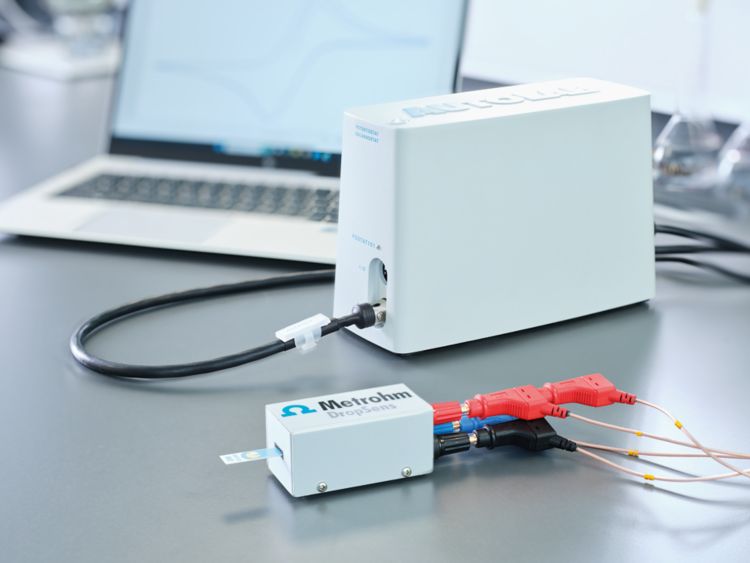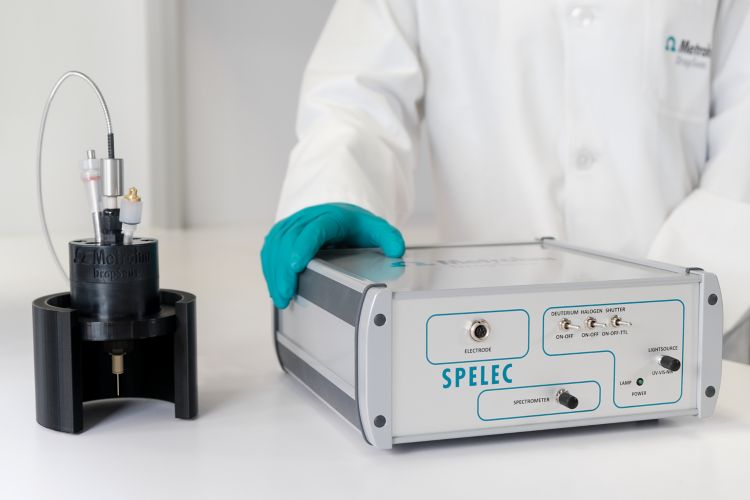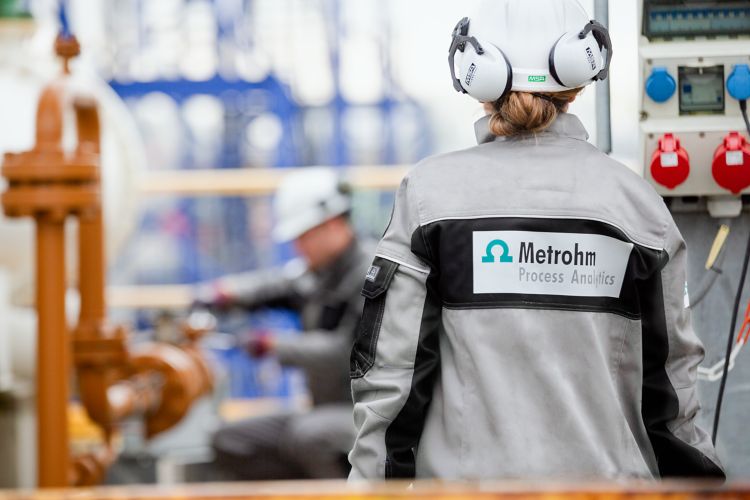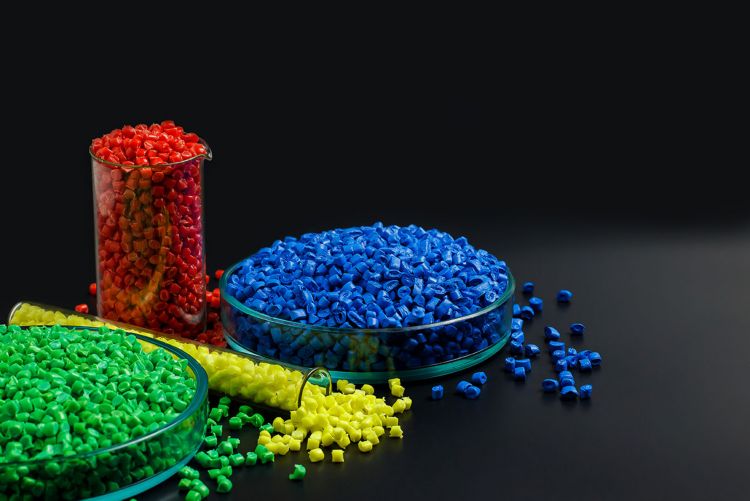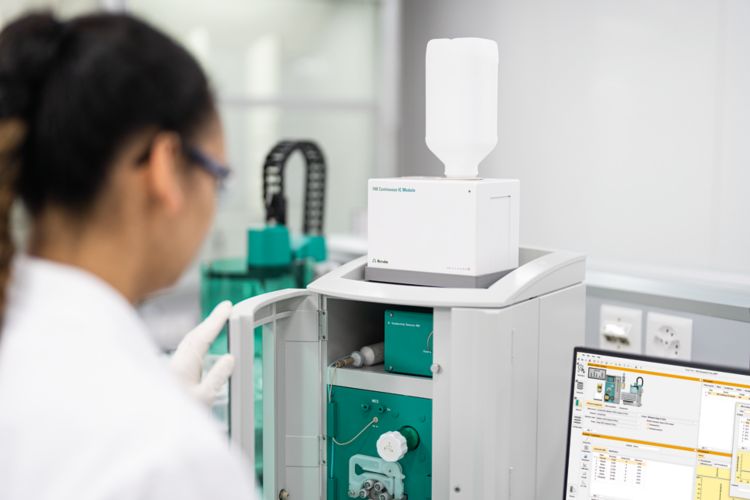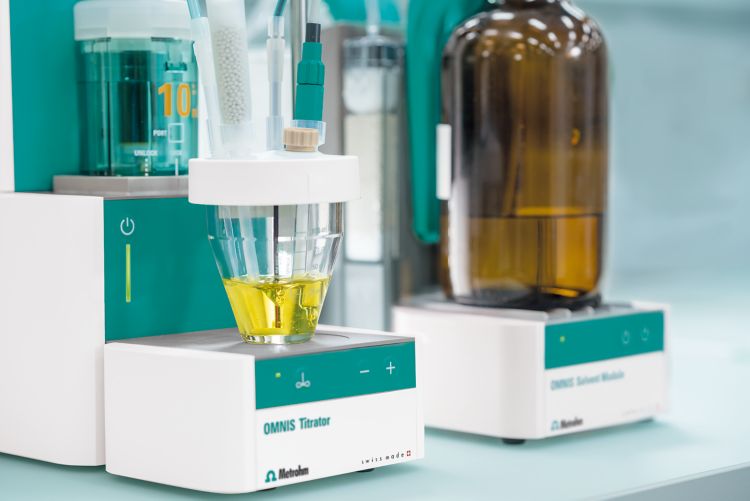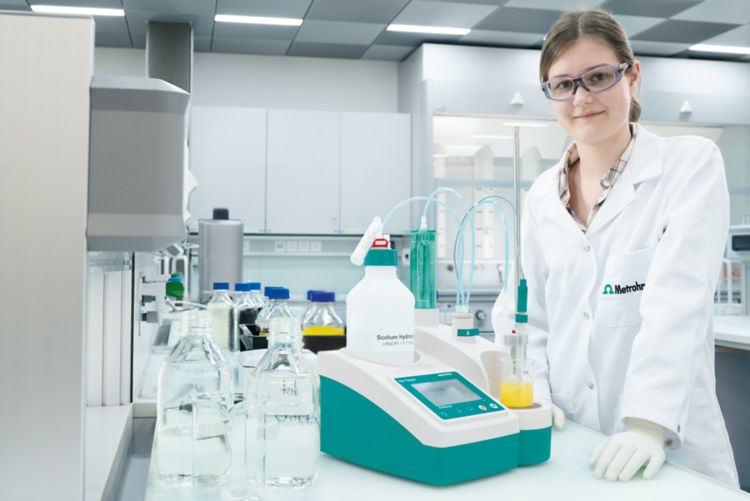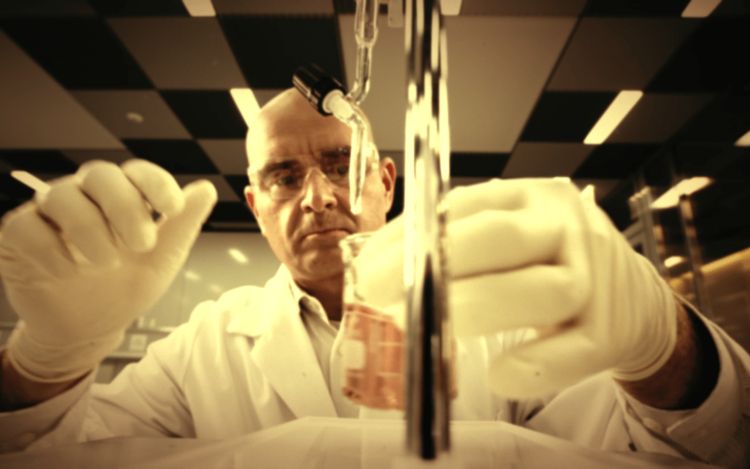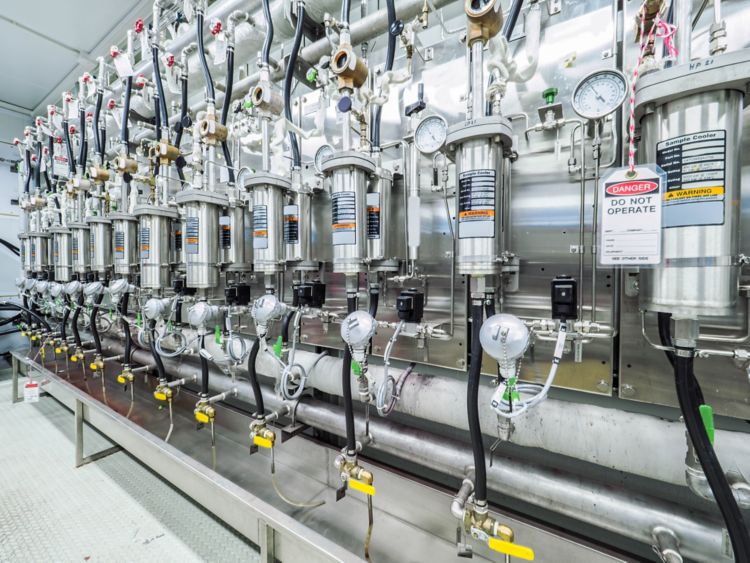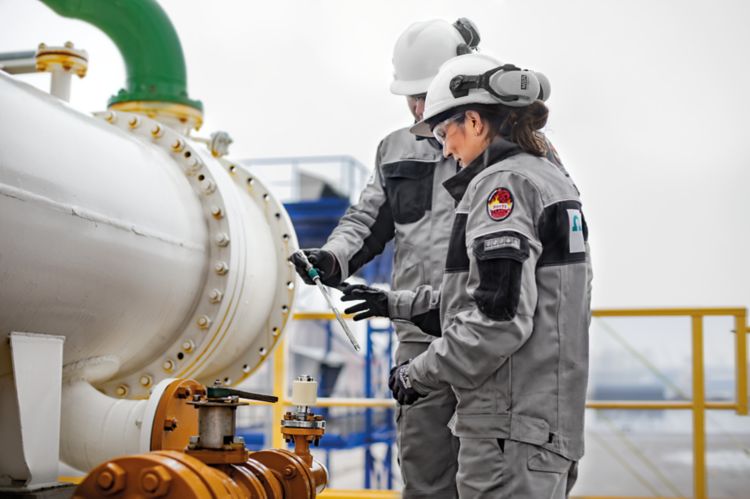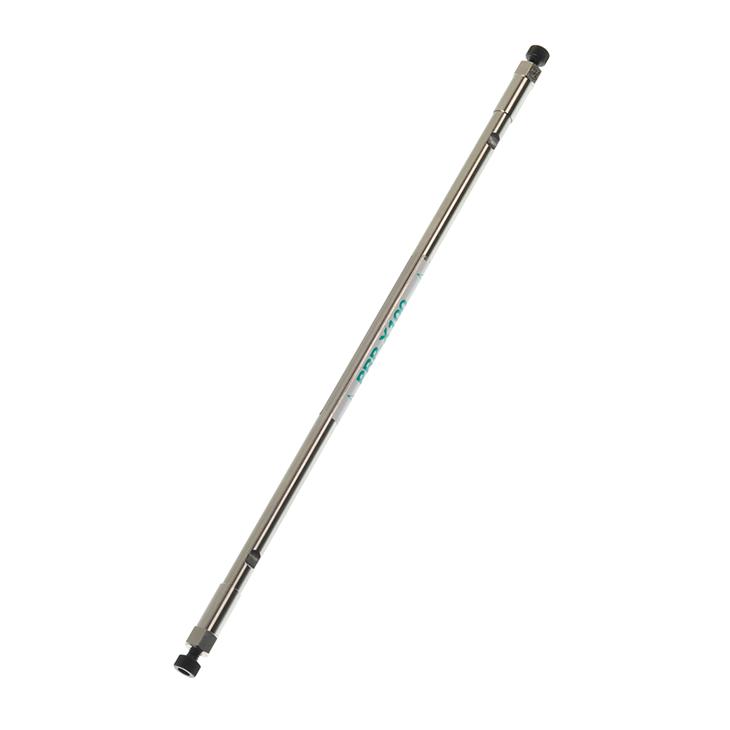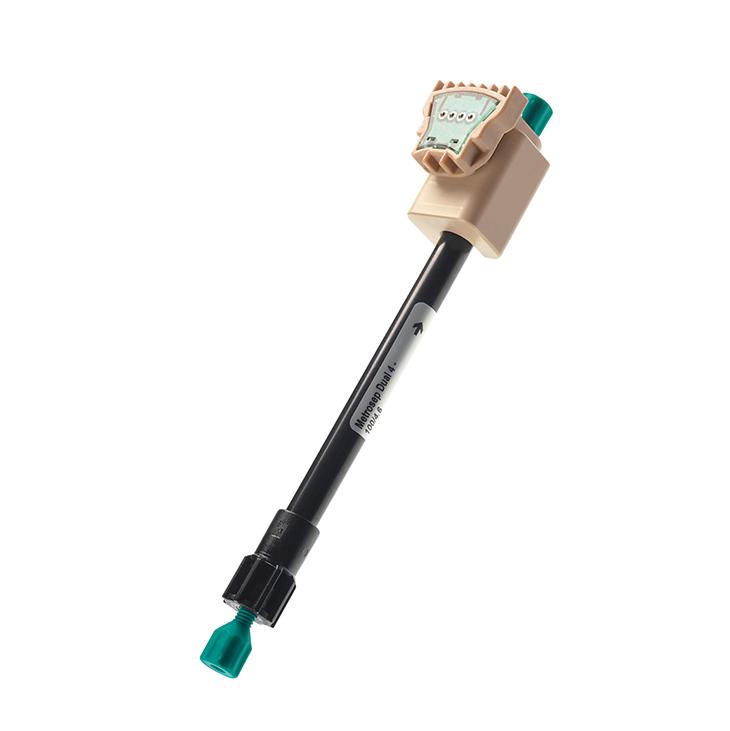Search...
6.1031.430
Metrosep A Supp 16 - 250/4.0The Metrosep A Supp 16 is ideal for high-capacity separation problems and distinguishes itself with its outstanding resolution, even with complex separation problems. The Metrosep A Supp 16 separation column is based on a surface-functionalized polystyrene-divinylbenzene copolymer. The functional groups are bonded covalently. This and the surface structure of the anion exchanger results in unique selectivity. The high-capacity Metrosep A Supp 16 is used for solving complex problems.The Metrosep A Supp 16 - 250/4.0 is characterized by outstanding resolution and solves the most difficult separation problems. The column is very well-suited for monitoring electroplating baths. Traces of anions can be determined in concentrated acids. Utilization in food analysis for the determination of maltose derivatives is just one more of the numerous applications of the high-capacity Metrosep A Supp 16 - 250/4.0.
6.1031.210
Metrosep A Supp 16 - 100/2.0In the case of the Microbore version of the Metrosep A Supp 16 - 100, lower flows are applied through the smaller inner diameter. Eluent consumption is reduced drastically as a result. The dwell time of the ions in the detector becomes longer and the sensitivity or the peak area (with the same sample quantity) is increased accordingly. The Microbore separation columns are used together with the MSM-LC. The 2 mm Metrosep A Supp 16 separation columns are packed with the same material as the corresponding 4 mm separation columns. The short version of this column type enables extremely rapid separations.The column is well-suited to applications with a high ionic load but which require only relatively low resolution. With its low eluent flow, this column is particularly suitable for IC-MS coupling.
6.1031.220
Metrosep A Supp 16 - 150/2.0The Microbore version of the Metrosep A Supp 16 - 150 is well-suited to medium-capacity separation problems. Eluent consumption is drastically reduced as a result of the smaller inner diameter of this column type and the correspondingly lower flows. As a result of the lower flows, the dwell time of the anions in the detector, and thus also the peak areas with identical sample quantities, are increased. The Microbore separation columns are used together with the MSM-LC. The 2 mm Metrosep A Supp 16 separation columns are packed with the same material as the corresponding 4 mm separation columns. The medium version of this column type is used for universal applications.The column is very well-suited to applications that have a high ionic load but that do not require the highest resolution. With its low eluent flow, this column is particularly suitable for IC-MS coupling.
6.1031.230
Metrosep A Supp 16 - 250/2.0The Microbore version of the Metrosep A Supp 16 - 250/2.0 is well-suited to high-capacity separation problems. Lower flows are applied due to the smaller inner diameter of this column type. Eluent consumption is reduced drastically as a result. The dwell time of the ions in the detector becomes longer and the sensitivity or the peak area (with the same sample quantity) is increased accordingly. The Microbore separation columns are used together with the MSM-LC. The 2 mm Metrosep A Supp 16 separation columns are packed with the same material as the corresponding 4 mm separation columns. It is based on a surface-functionalized polystyrene-divinylbenzene copolymer. The functional groups are bonded covalently. The morphology of the anion exchanger results in unique selectivity. The high-capacity Metrosep A Supp 16 - 250/2.0 is used for solving complex problems.The Metrosep A Supp 16 - 250/2.0 is characterized by outstanding resolution and solves the most difficult separation problems. With its low eluent flow, this column is particularly suitable for IC-MS coupling.
6.1005.000
Hamilton PRP-X100 - 125/4.0The Hamilton PRP-X100 - 125/4.0 IC anion column is a robust separation column based on a polystyrene-divinylbenzene copolymer. It is especially suited for separation of chloride, nitrate, and sulfate without chemical suppression. Fluoride can also be determined if the cations are removed first with an H+ cartridge. The Hamilton PRP-X100 - 125/4.0 is also the separation column of choice for the determination of silicate. The column excels with a very good price-performance ratio.
6.1005.010
Hamilton PRP-X100 - 250/4.0The Hamilton PRP-X100 - 250/4.0 IC anion column is a robust separation column based on a polystyrene-divinylbenzene copolymer. It is mainly used with difficult matrices, e.g., dyes.
6.1009.000
Super-Sep - 100/4.6In addition to the analysis of standard anions without chemical suppression, this column can be used for a variety of special applications. The Super-Sep - 100/4.6 IC anion column can be used for successful phosphate detection with alkaline eluent. Formate, acetate and fluoride can be separated with suitable eluents. Overall, it is a column with very good separating efficiency.
6.1016.030
Metrosep Dual 4 - 100/4.6The Metrosep Dual 4 separation columns are based on a functionalized Monolith based on silica gel. The Monolith permits an eluent flow of up to 5 mL/min. Despite the high flow, the column is characterized by low backpressure. In contrast to traditional materials, the Monolith has a much larger surface due to its structure of macropores and mesopores. This contributes to the high column capacity with simultaneously very low dead volume.The Metrosep Dual 4 - 100/4.6 is suitable for a great number of applications. All standard anions can thus be separated in less than nine minutes. The high column capacity makes it largely insensitive to matrix influences. Even in a matrix of 3 g/L chloride, carbonate and sulfate, 0.5 µg/L perchlorate can be detected. The column is therefore used in perchlorate analysis in accordance with EPA standard 314.
6.1005.300
Metrosep A Supp 1 - 250/4.6The Metrosep A Supp 1 - 250/4.6 is a universal anion column that is characterized by medium capacity and special selectivity. With this column it is possible to process samples with great differences in concentrations. For example, 4 µg/L of sulfate can be determined in a solution containing 150 g/L sodium chloride. An additional advantage is that bromide does not elute until after the nitrate. Particularly in the area of oxohalide analysis, the A Supp 1 - 250/4.6 impresses with its outstanding separation properties. Pressure fluctuations, constantly changing eluents and large sample throughput do not influence the separating efficiency of this column, even after very long periods. It is the "workhorse" for development and routine laboratories.
6.1005.320
Metrosep A Supp 3 - 250/4.6The Metrosep A Supp 3 - 250/4.6 solves separation problems in aqueous and organic media. It can be used reliably with a wide range of eluents – even those with high proportions of organic solvents. With the Metrosep A Supp 3 - 250/4.6, samples which present a great analytical challenge can be analyzed in routine operation, for example the measurement of biological samples or the determination of inorganic anions in organic matrices. With the help of a sodium hydroxide gradient, polyphosphates can be reliably separated on the Metrosep A Supp 3 - 250/4.6. In isocratic operation, the column is also suitable for separating sulfite, sulfate and thiosulfate in less than 20 minutes.













































